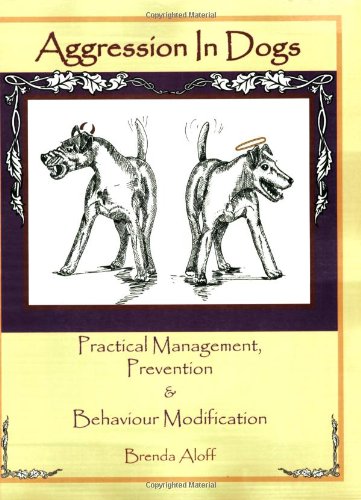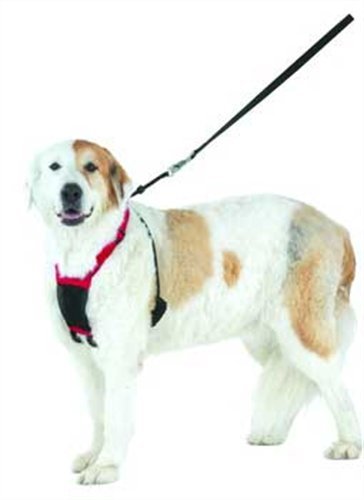
When it comes to reading body language, your dog has an advantage over you. Although human body language is an important element in communicating, humans are primarily verbal-centric. Dogs, on the other hand, do not have this luxury. They have limited verbal capacity and must communicate with their body expressions. Dogs use their tail, eyes, stance, ears and mouth, along with their body energy to communicate their feelings. Your puppy, being genetically wired to live in a pack, is programmed to constantly read the body language of other dogs in its pack. In the pack environment, body language helps to maintain harmony and establish hierarchy among the dogs. This highly developed, intuitive sense transfers seamlessly into the human world. On the other hand, although body language is part of human communication, it does not come to us instinctively. Initially this puts us at a slight disadvantage; however, not to worry, with just a little effort we can learn to understand what our canine friend is feeling and thinking.
There are five primary canine body language communicators; tail, mouth, ears, eyes, and stance. The manipulation of these body parts done separately or together allows your dog to communicate its feelings: whether happy or content, threatened or scared, curious, submissive or aggressive. It is a universal language that all breeds speak and with a little attention, it is easy to understand.
The Tail – A dog’s tail is a very visual sign used to express both disposition and position in the pack. A combination of the location of the tail and the amount of movement determines the message. With a few variations, a vertical tail is an outward sign of dominance, a neutral tail is a sign of being relaxed, and a lowered tail is a sign of being submissive.
The Mouth – A dog attacks with its mouth. When a dog is relaxed, it has a relaxed mouth or a smiling mouth. As a dogs moves from annoyance to anger, it pulls back its lips and bares its teeth.
The Ears – When your dog is confident or relaxed, his ears stand straight up. They are pulled back slightly to show some discontent and pulled flat against their head when expressing fear.
The Eyes – A dog uses its eyes to communicate one of five messages:
The Stance – When a dog is leaning forward on rigid legs, he is responding to a challenge and does not intend to back down. Depending on its level of submission, you dog may lower its head or even roll onto its back to expose its belly.
When obedience training and living with your dog, it is important to understand not only what you are feeling, but also what your dog is feeling. Understanding resolves conflicts and avoids hurt feelings. You brought a dog into your home to have a great relationship. Take time to understand what your dog is saying to you!
 Eight Reasons Why Your Dog Is Aggressive
Dogs have been a man’s
Eight Reasons Why Your Dog Is Aggressive
Dogs have been a man’s
 Pettiquette: The Art of Responsible Dog Walking
Cmon Baby, Ill Show You How to Walk the Dog
Pettiquette: The Art of Responsible Dog Walking
Cmon Baby, Ill Show You How to Walk the Dog
 Symptoms of Diabetes in Dogs
Diabetes is a common health problem in dogs.&n
Symptoms of Diabetes in Dogs
Diabetes is a common health problem in dogs.&n
 Dangers of “Free to Good Home” ads
Dangers of “Free to Good Hom
Dangers of “Free to Good Home” ads
Dangers of “Free to Good Hom
 Caring For Your Golden Doodle
Owning a puppy or a dog can
Caring For Your Golden Doodle
Owning a puppy or a dog can
Copyright © 2005-2016 Pet Information All Rights Reserved
Contact us: www162date@outlook.com